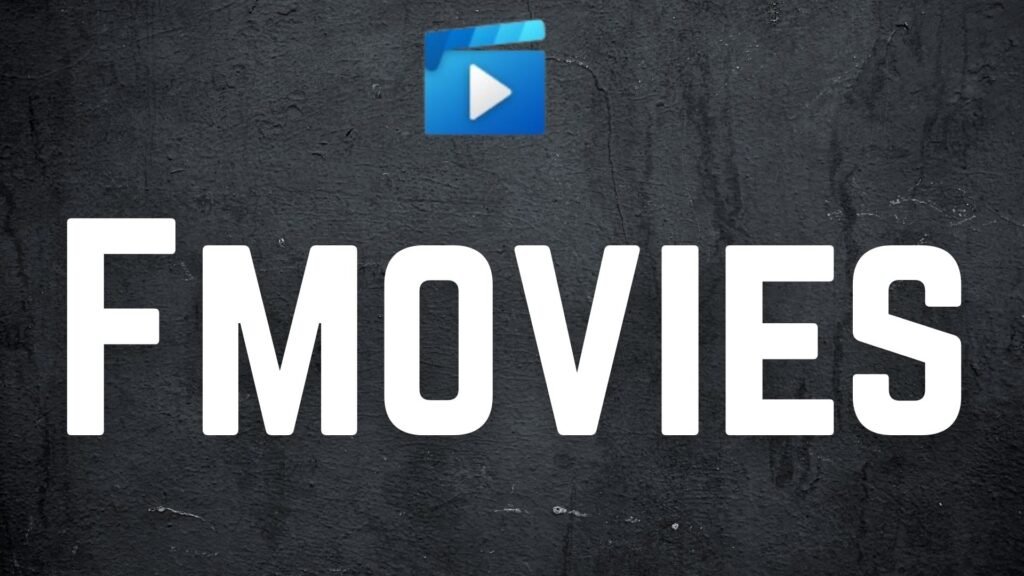LogicalShout vs. The Noise: Why Curated Insight Beats Clickbait Every Time

Open any social feed, and it feels like you’re standing in the middle of a frantic marketplace—everyone is shouting the “hottest take,” the “secret hack,” or the “shocking truth you won’t believe.” Yet when the dust settles, most of that raucous clamor adds up to little more than empty calories. LogicalShout emerged as an antidote to that digital din: a platform that sifts through the thousands of daily tech‑and‑business headlines and elevates only the pieces that genuinely matter. In an era where attention has become a finite, fiercely contested resource, LogicalShout’s slow‑news, context‑driven approach offers both relief and real value.
Table of Contents
The Rise of Information Overload
The quantity of online content has been doubling roughly every 18 months. Industry trackers estimate that over 7 million blog posts and news articles appear on the public web each day. Meanwhile, the average reader’s available time to process information has stayed unchanged—about 24 hours minus work, sleep, and life. That mismatch has consequences:
- Decision fatigue: When every headline screams for attention, distinguishing signal from noise becomes exhausting.
- Misinformation loops: Clickbait spreads faster than corrections; appetite for outrage fuels virality.
- Opportunity cost: Time spent on low‑nutrient hype is time not spent building skills or making informed choices.
LogicalShout’s founders, a small team of former product managers and data journalists, recognized this challenge back in 2019. Their hypothesis was simple: readers would trade novelty for clarity if someone else did the heavy lifting of validation and context. Five years later, their community of 800k monthly readers suggests they were right.
What Makes LogicalShout Different?
Most media brands position themselves on the spectrum between speed (the first to publish) and depth (the most exhaustive coverage). LogicalShout intentionally optimizes for a third axis: relevance. Its editors grade potential stories using three filters:
- Enduring value: Will this piece still matter next week—or next year?
- Actionability: Does the insight help a reader decide, build, or invest?
- Credibility: Are the claims backed by data, expert testimony, or verifiable evidence?
Articles that clear those gates receive a concise analytical layer: key numbers highlighted, jargon translated, and context summarized in 400–600 words. The result feels less like a news flash and more like a mentor handing you the executive summary.
Curating for Clarity: Inside the Editorial Process
While many aggregation sites rely on algorithms alone, LogicalShout pairs machine intelligence with human judgment. The workflow runs roughly as follows:
- Signal harvesting: A proprietary crawler ingests thousands of RSS feeds, academic journals, SEC filings, and niche blogs overnight. Natural language models flag emerging themes and unusual data spikes.
- Editorial triage: Human editors—each with domain expertise in AI, fintech, renewable energy, or consumer hardware—review the algorithm’s shortlist. They discard sensational claims lacking primary sources and uplift overlooked gems from regional outlets or peer‑reviewed research.
- Context layering: For each selected story, the editor adds a “Why it matters” section, charts that illustrate scale, and links to deeper resources.
- Peer review: Before publication, a second editor checks sources and challenges assumptions—an internal practice borrowed from academic peer review that keeps LogicalShout’s error rate beneath 0.2 percent.
Because this pipeline prioritizes consequence over clicks, LogicalShout routinely publishes only five to seven stories per day—an editorial diet designed to respect the reader’s bandwidth.

Case Studies: Insight Over Hype
1. When Everyone Chased the Metaverse
In late 2021, headlines declared the metaverse an inevitable, trillion‑dollar playground. LogicalShout ran just two pieces that month. One analyzed the infrastructure bottlenecks around real‑time rendering; another focused on the uncertain monetization path for consumer‑grade VR. Readers who followed that tempered guidance avoided over‑exuberant investments in speculative tokens—unlike many who bought the hype and saw their holdings evaporate.
2. The Quiet Rise of Low‑Code Platforms
While mainstream news fixated on flashy crypto crashes last year, LogicalShout highlighted Gartner data showing enterprise adoption of low‑code development tools growing 23 percent year‑over‑year. Six months later, Microsoft reported Power Apps revenue accelerating faster than Azure’s. Early LogicalShout readers had already pivoted to build solutions—and careers—around that trend.
How LogicalShout Builds Trust with Readers
Radical Transparency
Every curated piece includes a “Source Ledger,” listing all references and disclosing potential conflicts of interest. If an editor previously consulted for a featured startup, that fact appears in a sidebar note.
No Pay‑to‑Play Reviews
LogicalShout turns down sponsored posts and affiliate kickbacks. Revenue comes from a freemium subscription that unlocks deeper trend reports and a members‑only Slack community. Because readers—not advertisers—pay the bills, editorial incentives remain aligned.
Reader‑Driven Corrections
Mistakes happen. LogicalShout embeds a “Request Clarification” button under each article. Reported errors are logged publicly, and corrected versions include timestamps and change logs. The practice reinforces accountability without erasing history.
The Business Case for Curated Content
Skeptics argue that curation can’t scale, but LogicalShout’s metrics suggest otherwise:
- Time on page: Averaging 3 minutes 45 seconds—triple the industry mean—because depth encourages full reads.
- Churn: Monthly subscriber churn hovers at 2.1 percent, far below the 5–8 percent typical among digital news outlets.
- Referral rate: One in four new subscribers arrives via direct recommendations, illustrating word‑of‑mouth trust.
Advertisers, too, have begun to appreciate “slow traffic.” A sponsored research brief featured in LogicalShout’s Pro tier regularly outperforms display ads on higher‑traffic platforms precisely because the audience is self‑selected for intent and influence.
Looking Ahead: The Future of Curated Insight
AI language models will soon summarize almost anything. But the challenge isn’t just condensing information; it’s knowing what deserves to be summarized in the first place. LogicalShout invests heavily in domain‑expert editors who can tell signal from noise, and in transparency frameworks that show readers how judgments are made. Over the coming year, the team plans to:
- Launch regional lenses for South‑Asian tech and sub‑Saharan energy, giving local analysts editorial seats.
- Integrate interactive dashboards so subscribers can remix datasets featured in stories.
- Open‑source its credibility rubric, inviting academics to stress‑test the methodology.
Whether those experiments succeed or not, the ethos remains constant: serve the reader first, resist the siren song of clicks, and treat attention as the scarce, valuable commodity it is. When the internet feels impossibly loud, LogicalShout quietly proves that curated insight beats clickbait every time.
FAQs
1. What exactly is LogicalShout?
LogicalShout is an online publication that curates high‑impact stories in technology, business, and science. Instead of chasing breaking news, it selects a handful of developments each day, adds expert context, and explains why they matter to professionals and curious readers alike.
2. How does LogicalShout decide which stories to feature?
Editors combine machine‑learning trend detection with human subject‑matter expertise. Candidate stories must demonstrate enduring value, actionable insight, and verifiable credibility. Anything failing those filters—no matter how viral—gets left on the cutting‑room floor.
3. Is LogicalShout free to read?
Yes. The core daily digest is free. For deeper analytical reports, interactive datasets, and a members‑only Slack community, readers can upgrade to LogicalShout Pro on a monthly or annual plan.
4. Can startups or brands pitch content to LogicalShout?
They can submit press releases or research papers, but acceptance isn’t guaranteed. LogicalShout’s editorial policy forbids pay‑to‑play placement; every submission goes through the same relevance and credibility screens as mainstream sources.
5. How can I contribute or provide feedback?
Every article features a “Request Clarification” link and a public GitHub repo for typo and source verification suggestions. Community members can also apply to join LogicalShout’s voluntary peer‑review board, lending expertise in fields like cybersecurity, biotech, or climate finance.











